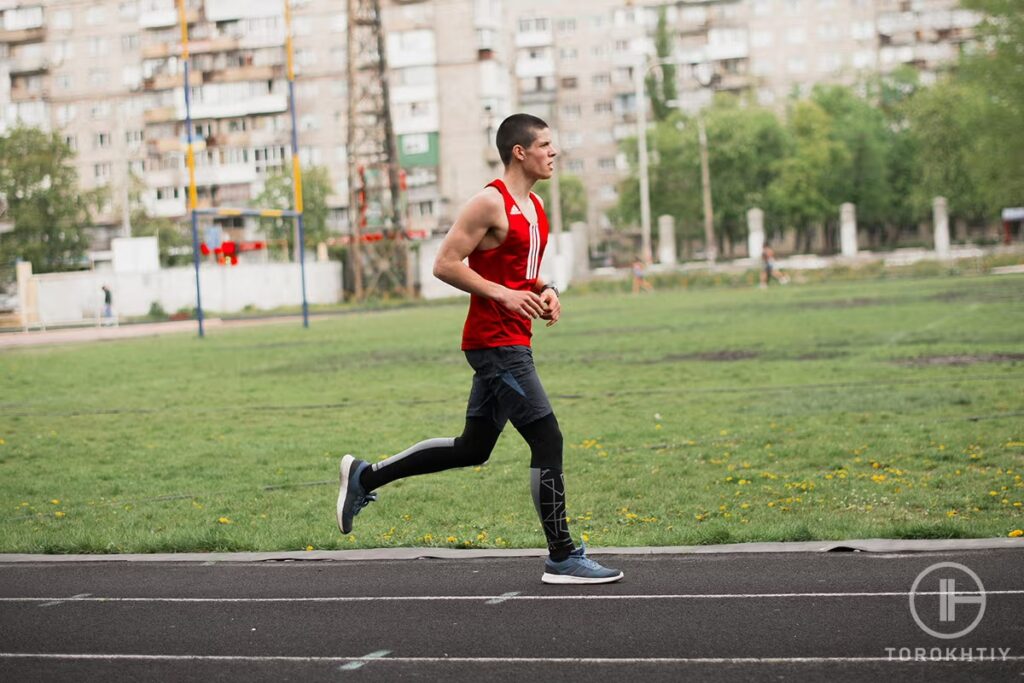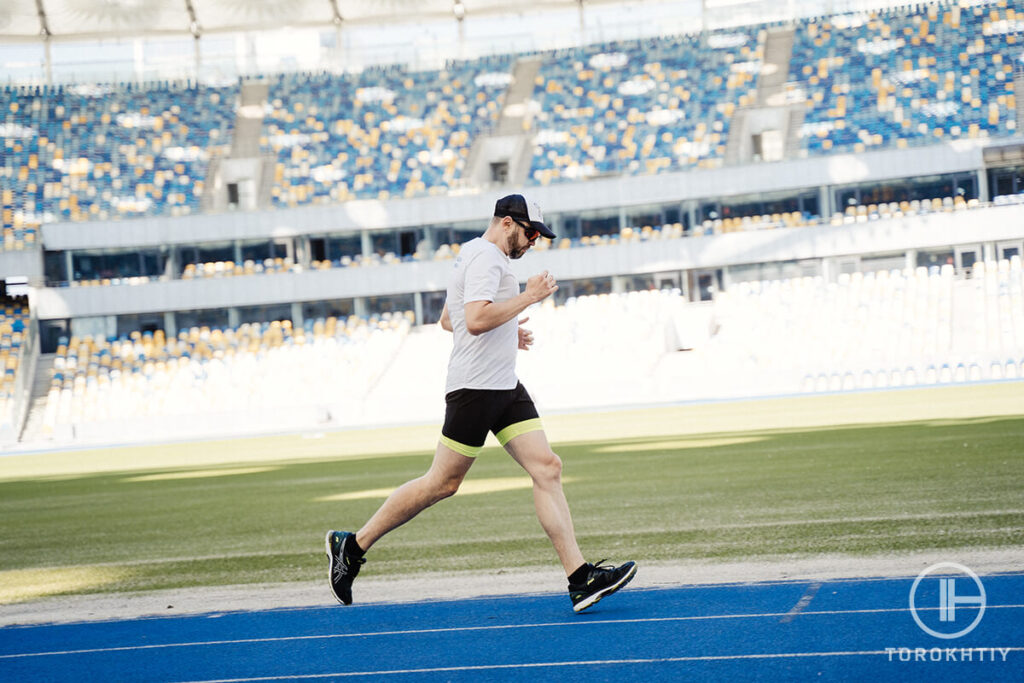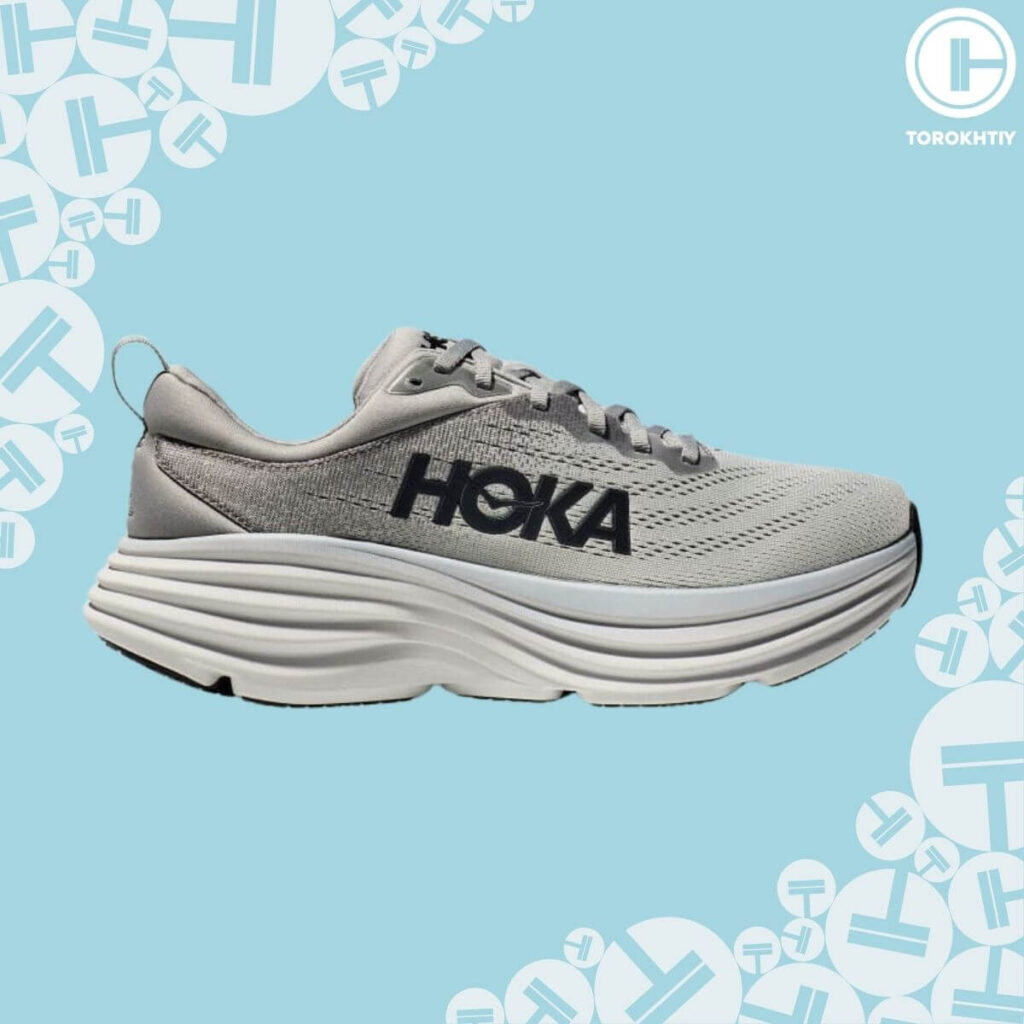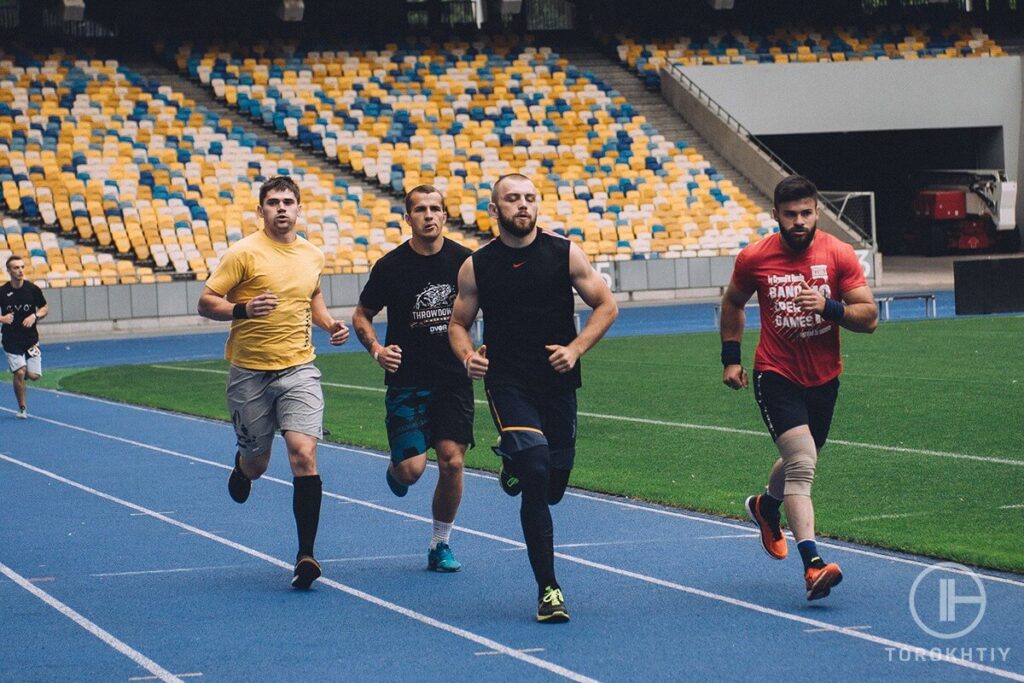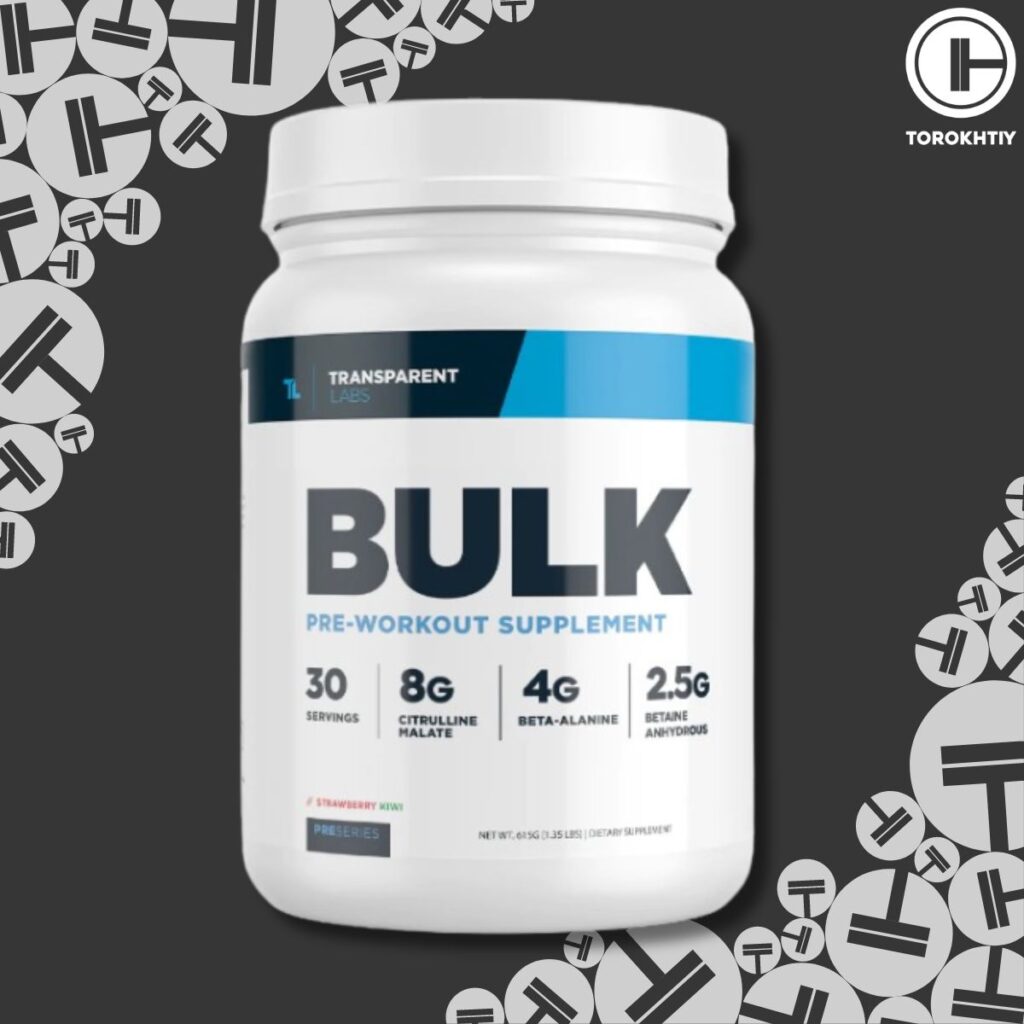|
Are you trying to improve your result up to a sub-7 minute mile? It is a challenging goal but achievable with the right training and dedication. This article will discuss a detailed training plan, strength exercises, and simple tips to help you increase your speed and stamina. Table of Contents Whether you’re a seasoned runner or just starting, we will help you get closer to reaching your goal of getting into a 7 minute mile pace chart. Let’s figure out all the details together! How To Run A 7-Minute Mile? — If you want to improve your running game, try aiming for a 7 minute mile. Remember to rest, stretch, stay hydrated, and eat a healthy diet for better results. With a detailed training plan and perseverance, it’s a goal within reach.
A 7 minute mile is a good time for most people. However, what it means for you depends on your fitness level and running experience. For example, a 7 minute mile time may be impressive for a beginner runner, but it may not be considered good for a professional athlete in their prime.
How fast is a 7 minute mile? Knowing your average mile speed is an important aspect of running. It can help you track your progress, set goals, and improve your performance.
(1 mile)Pace for Women (1 mile)Pace for Men (1 km)Pace for Women (1 km) Less than 6 months 8:30 – 10:00 10:00 – 12:00 5:30 – 6:30 6:30 – 8:00 6 months – 1 year 7:30 – 9:00 9:00 – 11:00 4:40 – 5:40 5:40 – 7:00 1 – 2 years 6:30 – 8:30 8:30 – 10:30 4:00 – 5:20 5:20 – 6:40 2 – 3 years 6:00 – 8:00 8:00 – 10:00 3:50 – 5:10 5:10 – 6:20 3 – 4 years 5:30 – 7:30 7:30 – 9:30 3:30 – 4:50 4:50 – 6:00 More than 4 years 5:00 – 7:00 7:00 – 9:00 3:20 – 4:40 4:40 – 5:50 Tracking your average mile speed is crucial in improving your overall performance. If you notice that your average mile speed is getting faster, you are improving your running skills and fitness level. By knowing your average mile speed, you can set achievable goals for your future runs. You can also use it to evaluate your progress over time. As you already know, your mile time can be influenced by several factors. Here are the main factors that can affect your mile time. 1. Current Mile TimeYour current mile time is a significant factor in determining how fast you can run a mile. If you have been running regularly and have consistently improved your mile time, for example, to 7:30 mile pace, you are likely to run a mile faster than someone who is just starting. Your current mile time can also help you determine your training pace and set realistic goals. Your overall health and fitness level can also impact your running mile time. If you are in good health and have a strong cardiovascular system, you are likely to be able to run a mile faster than someone who is not. Factors such as body weight, nutrition, and hydration can also affect your performance.
Running experience plays a significant role in determining your mile time. If you have been running for many years, you will likely have developed the necessary skills and techniques to run a mile efficiently. Your experience can help you maintain good form, regulate your breathing, and pace yourself correctly. Our Recommendation Hoka Bondi 8
Material: Breathable and supportive mesh upper Sole Material: Full-length EVA midsole for maximum cushioning Outsole (tread feature): Durable rubber outsole with a unique lug pattern Drop: 4mm Season: Suitable for all seasons Special Features: Exceptional cushioning and comfort Size: Available in various sizes Type: Maximum cushioning running shoe CHECK Latest PRICE If you want excellent running or walking shoes or just footwear you’ll be comfortable in, you can’t go wrong with the Hoka Bondi 8. It’s been upgraded and now they have lighter, softer materials and a new extended heel design. The heel design gives a super soft, balanced feeling from th emoment your heel hits the ground to when you push off with your toes. As far as the weight goes, it’s around 10.80 ounces, and the heel drop is 4 mm. They’re not too heavy and the lower drop is a good balance between cushioning and feeling connected to the ground.
The Bondi 8 is focused on cushioning and keeps things simple. There’s a good amount of support without any extra stuff that you don’t really need and that would only jack up the price. Take the rear crash pad, for example – it makes for a soft, smooth ride, which is perfect if you like to run outdoors. The upper part is made of engineered mesh, which is breathable and keeps your feet cool and dry. The tongue and collar have memory foam and mold to your foot shape. All of these features make the fit snug but flexible, which is exactly what you would want. The Bondi 8 is eco-friendly because it uses recyclable materials in parts like the mesh and the sockliner. Plus, the shoes are completely vegan, which (if that’s important to you) is nice! 4. Stride LengthStride length refers to the distance covered in a single step while running. Longer strides can help you cover more ground faster, but this can also lead to a greater risk of injury. Finding the stride length that works best for your body type and running style is important. To improve your stride length, stretch your hip flexors and hamstrings regularly, and try incorporating regular drills such as high knees and butt kicks into your workouts.
Your running form can have a significant impact on your mile time. Proper running form involves: Keeping your body upright. Maintaining a slight forward lean. Landing on the midfoot or forefoot. Good form can help you run more efficiently and reduce the risk of injury. To improve your running form, focus on engaging your core muscles and keeping your shoulders relaxed. Regular strength training exercises such as planks, bridges, and push-ups can also help improve your form and prevent injuries. 6. Cardiovascular FitnessA strong cardiovascular system is essential for running a fast mile. This means that your heart and lungs need to be able to supply enough oxygen to your muscles during exercise. Regular cardio exercise such as running, cycling, or swimming can improve cardiovascular fitness and help you run faster. To improve your cardiovascular fitness, aim for at least 30 minutes of moderate-intensity cardio exercise, such as jogging, every day. 7. Muscular Strength And EnduranceRunning a mile requires strength and endurance in your leg muscles, especially your quadriceps, calves, and glutes. Strength training exercises such as squats, lunges, and calf raises can help build these muscles and improve your mile time. Incorporating plyometric exercises such as jump squats and box jumps into your workouts can also help improve your explosive power and running speed.
Age can also play a role in your running mile time. Our muscles tend to weaken as we age, and our cardiovascular system may not function as efficiently. However, regular exercise can help slow down these effects and keep you fit and healthy regardless of age. Aim for a balanced exercise routine that includes cardio and strength training exercises to stay fit and healthy as you age. 9. TerrainThe type of terrain you run on can also affect your mile time. Running on flat even surfaces such as a track or treadmill can be faster than running on hills or uneven terrain. This is because hills require more effort and can slow you down. To improve your hill running, incorporate hill repeats into your workouts and focus on engaging your glutes and driving your knees toward your chest. 10. Weather ConditionsFinally, weather conditions like heat, humidity, and wind can also affect your mile time. Hot and humid weather can make running more difficult by increasing your heart rate and making breathing harder. Wind can also slow you down, especially if it blows against you. Wear breathable, moisture-wicking clothing to run your best in hot weather and stay hydrated. Try running with a slightly lower head position and leaning into the wind in windy conditions. Subscribe! Get useful tips, expert insights, and in-depth analysis of training programs & nutrition plans to get the most out of your performance. How To Start Running A 7 Minute Mile?Achieving a 7-minute mile requires several steps to follow. Let’s discuss how to increase your running results. 8-Week Training Plan For Sub 7 Minute MileTo achieve a 7-minute mile time, you must have a consistent training plan focusing on speed and endurance. Here is a sample plan you can use: WeekMondayTuesdayWednesdayThursdayFridaySaturdaySunday1 week Strength training 2-mile tempo run Rest 4x400m intervals Rest day 3-mile easy run Rest day 2 week Strength training 2-mile tempo run Rest 5x400m intervals Rest day 4-mile easy run Rest day 3 week Strength training 3-mile tempo run Rest 6x400m intervals Rest day 5-mile easy run Rest day 4 week Strength training 3-mile tempo run Rest 7x400m intervals Rest day 5-mile easy run Rest day 5 week Strength training 4-mile tempo run Rest 5x500m intervals Rest day 6-mile easy run Rest day 6 week Strength training 4-mile tempo run Rest 5x500m intervals Rest day 6-mile easy run Rest day 7 week Strength training 5-mile tempo run Rest 4x600m intervals Rest day 7-mile easy run Rest day 8 week Strength training 5-mile tempo run Rest 5x800m intervals Rest day 7-mile easy run Rest day It is important to gradually increase your distance and speed. Don’t push yourself too hard too soon, as this can lead to injury. Remember to warm up before every workout and cool down afterward. 5 Best Strength Exercises To Improve Your Running RoutineRunning a 7-minute mile requires strength and stamina. Incorporating strength exercises into your training plan can help you achieve your goal. Here are five exercises you can try: 1. SquatsThis exercise targets your legs and glutes, which are essential for running. Start with three sets of 10 reps and gradually increase the weight. 2. LungesLunges target your legs and improve your balance. Start with three sets of 10 reps on each leg. 3. PlanksPlanks improve your core strength, which is important for maintaining good form while running. Start with three sets of 30 seconds and gradually increase the time. 4. DeadliftsDeadlifts work your hamstrings and lower back, which are important for running uphill. Start with three sets of 10 reps and gradually increase the weight. 5. Push-UpsPush-ups work your chest, shoulders, and triceps, which helps you maintain good posture while running. Start with three sets of 10 reps and gradually increase the reps.
Your diet plays an important role in your running performance. Fueling your body with the right nutrients can help you run faster and longer. Here are some foods you should include in your diet: 1. CarbohydratesCarbs provide energy for your body. Good sources of carbs include whole grains, fruits, and vegetables. 2. ProteinProtein helps repair and build muscle tissue. Good protein sources include lean meats, fish, beans, and nuts. 3. Healthy FatsHealthy fats provide long-lasting energy and improve your overall health. Good sources of healthy fats include avocados, nuts, and seeds. 4. HydrationStaying hydrated is important for running performance. Drink plenty of water throughout the day and before and after your workouts. Transparent Labs BULK Pre-Workout
CHECK LATEST PRICE The Transparent Labs Pre-workout energy powder does no artificial additives and ideal for elevating your workout intensity and maximizing training results.
Positives: Full ingredient transparency No artificial sweeteners or colors Can choose with stimulant or non-stimulant options Could be better: The taste may not suit everyone Pros And Cons Of 7-Minute MileRunning a 7-minute mile is a significant accomplishment for many runners. However, like any physical activity, there are pros and cons to consider before making it a regular habit. Positives: 1. Improved Endurance 2. Increased Metabolism 3. Mental Benefits Could be better: FAQHow Many Calories Does A 7-Minute Mile Burn?Running a 7-minute mile can burn around 80-140 calories. However, the amount of calories burned will vary based on individual factors. For example, a person who weighs more can burn more calories than the one who weighs less while running the same distance at the same speed. How Many Miles A Week Should You Be Running To Run A 7-Minute Mile?Experts recommend a minimum of 20 miles per week of running to significantly improve running speed and endurance. However, if you’re looking to run a 7-minute mile, you may need to increase your mileage to at least 30 miles per week. Conclusion Running a 7-minute mile is a challenging but achievable goal. If you are a beginner runner looking to improve your mile time, following a consistent training schedule, building endurance gradually, incorporating interval training, and taking rest days are all excellent ways to achieve your goals. Also read: References: What is the average time to run a mile? // Medical News Today: https://www.medicalnewstoday.com/articles/326263#average-mile-time Influence of stride frequency and length on running mechanics: a systematic review // PubMed: https://pubmed.ncbi.nlm.nih.gov/24790690/ Cardiovascular aspects of running // PubMed: https://pubmed.ncbi.nlm.nih.gov/3902253/ The relationship between age and running time in elite marathoners is U-shaped // PMC: https://www.ncbi.nlm.nih.gov/pmc/articles/PMC4039284/ Effects of Running-Specific Strength Training, Endurance Training, and Concurrent Training on Recreational Endurance Athletes’ Performance and Selected Anthropometric Parameters // PMC: https://www.ncbi.nlm.nih.gov/pmc/articles/PMC9518107/ Injuries in Runners; A Systematic Review on Risk Factors and Sex Differences // PMC: https://www.ncbi.nlm.nih.gov/pmc/articles/PMC4338213/ Photos are made by Torokhtiy Media Team (责任编辑:) |



